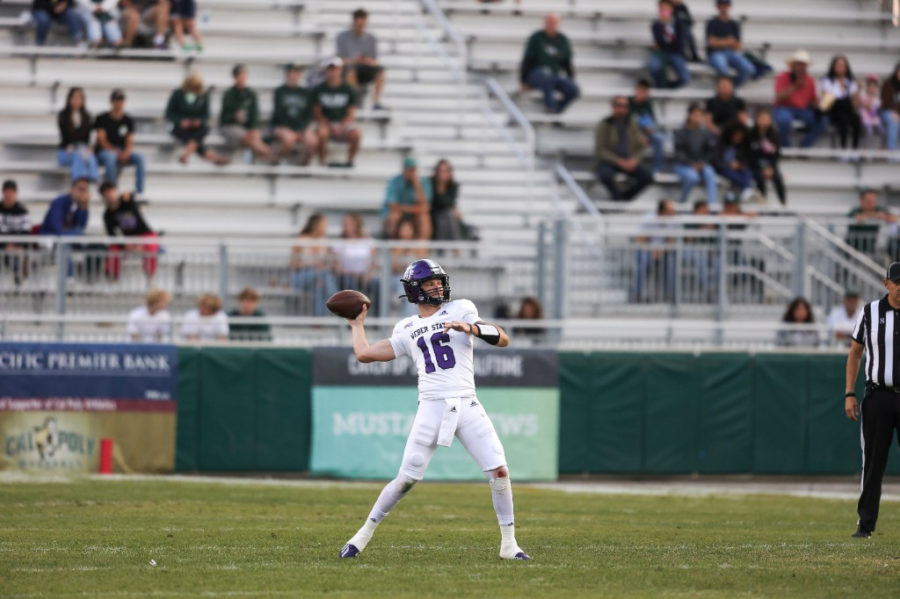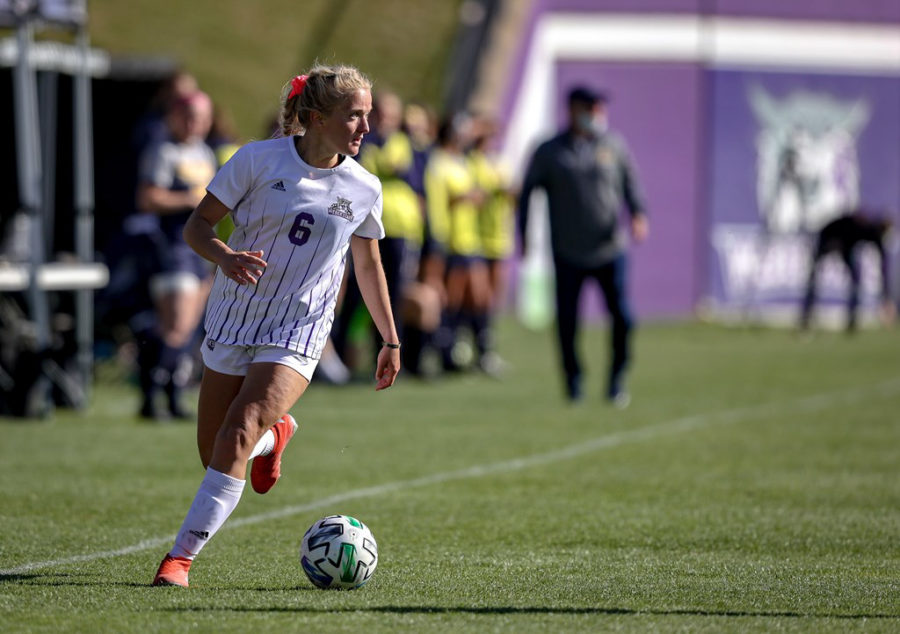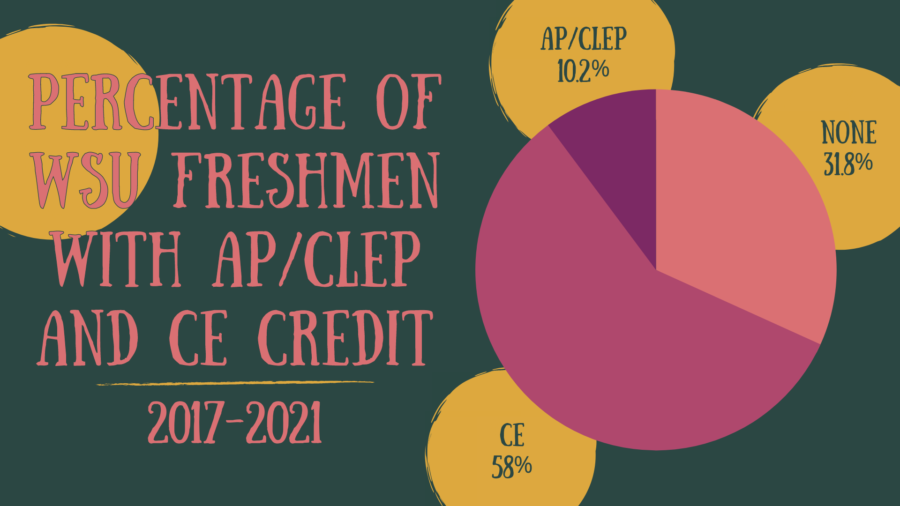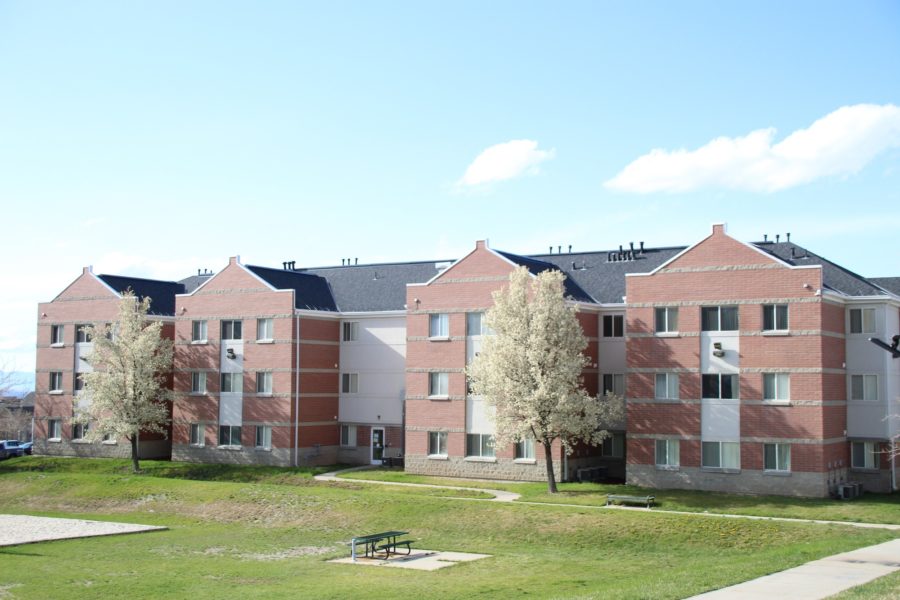Many college students planning to attend college for the first time face a daunting task: figuring out how to pay for tuition, housing and other expenses. A major resource and solid first step in the process is to apply for the Free Application for Federal Student Aid.

The FAFSA is an application processed by the government that determines how much aid, in loans and grants, a student is eligible to receive based on income and other factors. Loans are debt a student promises to begin to repay after leaving college, and grants do not need to be repaid after college.
Even if a student does not expect to need assistance in paying for college, it is recommended to complete the annual process anyway. As the name implies, the application is free, and the completed FAFSA allows students to apply for scholarships and other money that they are sometimes eligible to receive outside of federal loans and grants.
This is especially important now, as the government has allocated money to universities as part of pandemic relief legislation, and some of this money is to be given to students directly and can only be distributed to a student if they have filed their FAFSA.
Students need to submit a new FAFSA application every year, even if life circumstances have not changed. The federal deadline for completing the FAFSA each year is June 30, but the application can be sent in as early as October for the school year beginning the following fall. Weber State’s priority deadline is annually on April 1.
Completing early gives students an edge in getting any aid that is on a first-come, first-served basis. This especially applies to scholarship money, which can’t be received until the FAFSA is processed and can disappear quickly. Weber State’s priority deadline for fall is the beginning of April each year.
Before beginning the application, the student will need their social security number and their parent’s social security number. Students that are not U.S. citizens will need an Alien Registration Number. It will also help to have a driver’s license or any other state-issued ID number handy.
The applicant will need to provide the most recent tax information, as well as their spouse’s or parents’.
At fafsa.gov, new applicants register with a login and password. The site presents a straightforward series of steps with very clear language and explanation, so expert knowledge about taxes or finances is not necessary. The site will also save any progress if the process is interrupted.
Some personal questions are asked to determine eligibility for special aid, including ethnicity, military service or questions about the applicant’s parents. Many of these are optional.
After the application is completed, the applicant will be notified via email about any updates regarding the FAFSA. Processing time can vary, but generally takes three to five days.
After the student receives a confirmation that the FAFSA has been processed, they can complete the specialized scholarship application on the WSU website, which will allow for any scholarship money that the student is eligible for to be applied for and processed.
If paying for college still seems impossible, WSU has a special program called Dream Weber. The Dream Weber program provides free tuition and general student fees to students whose annual household income is $40,000 or less. More information about this loan can be attained through the financial aid office.
One other option is a private student loan, which some students may be able to get from their bank or through their parents’ bank. However, these loans can end up costing a lot more than government student loans over time.


















